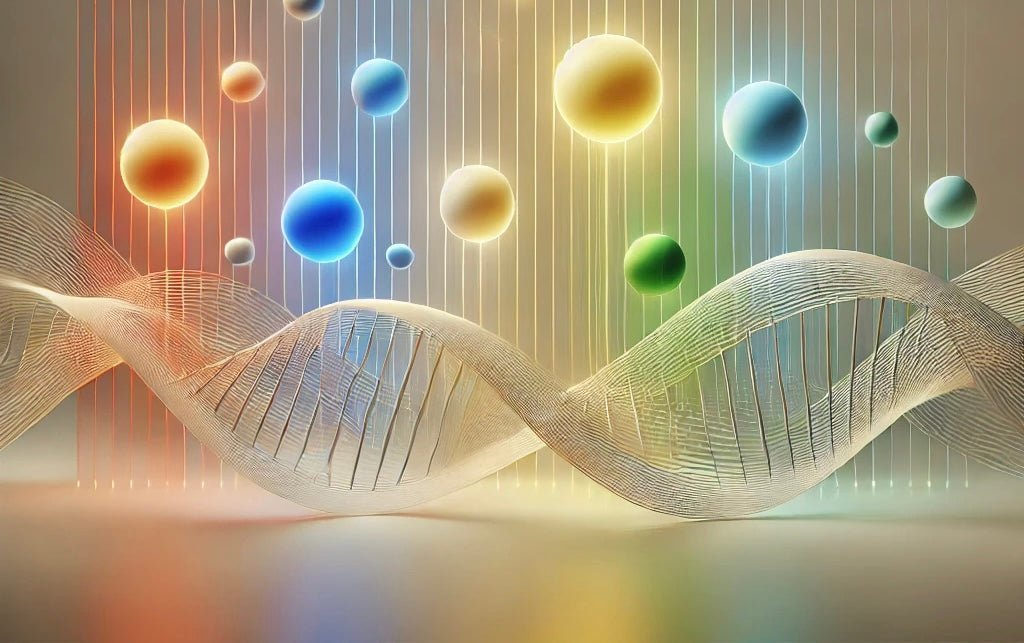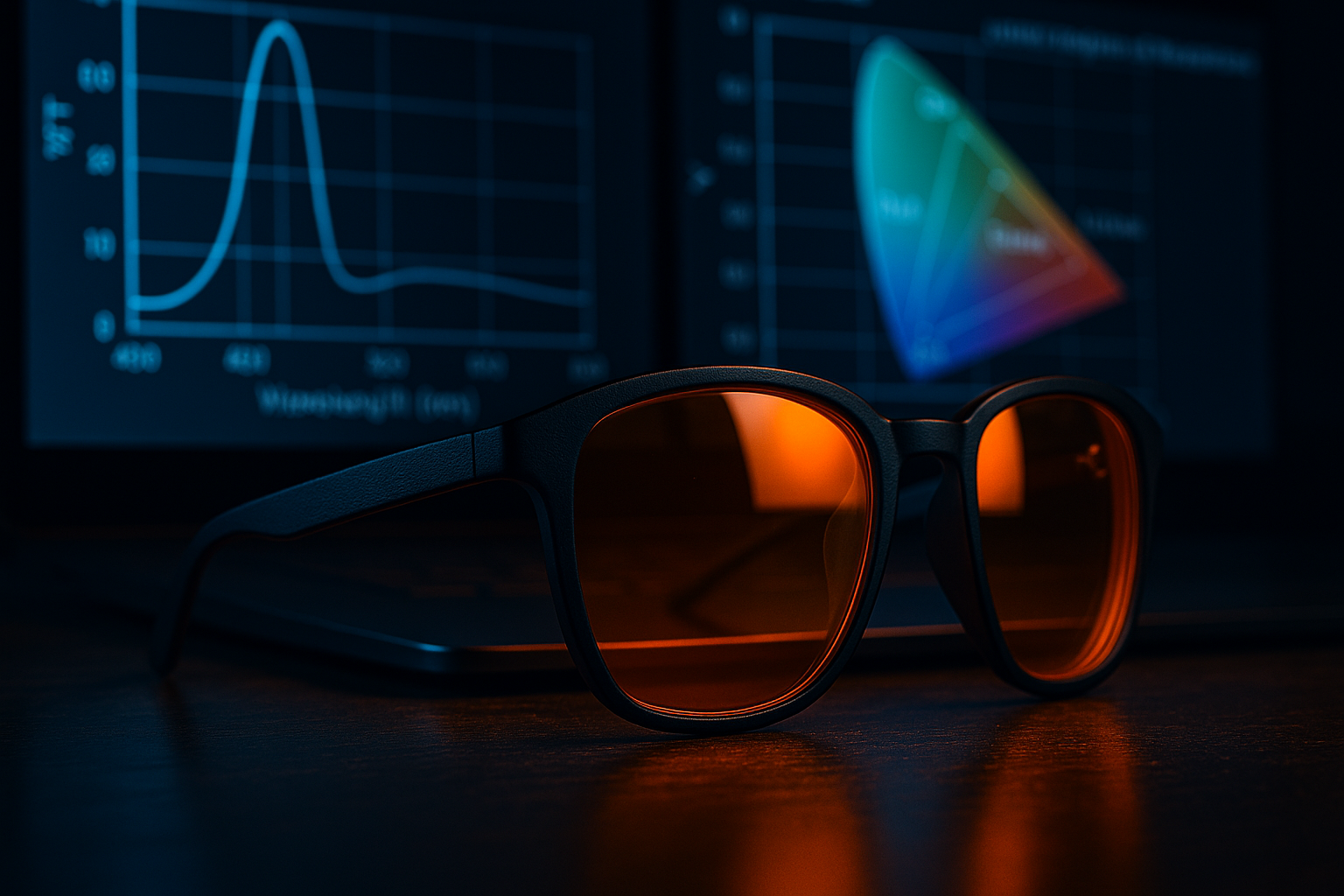Therapeutic Light Wave Lengths and their benefits for various skin conditions

The Science of Light Therapy: How Different Wavelengths Benefit Your Skin & Body
In the pursuit of longevity and optimal health, light therapy has emerged as a powerful, non-invasive tool to enhance skin health, accelerate healing, and even improve cognitive function. At Forge, we believe in using science-backed solutions to optimize human potential. Here’s how different wavelengths of light therapy can work for you.
1. Blue Light (415-460nm): Acne & Bacterial Control
-
Best for: Acne, oil regulation, bacterial reduction
-
How it works: Blue light therapy works by penetrating the upper layers of the skin, where Cutibacterium acnes (formerly Propionibacterium acnes) — the bacteria responsible for acne — lives.This specific wavelength triggers a natural reaction inside the bacteria. The blue light activates porphyrins, compounds produced by the bacteria itself. When exposed to blue light, these porphyrins create reactive oxygen species (ROS) — essentially oxygen molecules that destroy the bacterial cell walls from within.The result is a reduction in acne-causing bacteria, less inflammation, and fewer breakouts over time. In addition, blue light helps to balance sebum (oil) production, minimizing clogged pores and future acne flare-ups.
- Check out our Multi Colored Wavelength Face Mask that includes this blue light wave length
2. Red Light (620-660nm): Anti-Aging & Skin Rejuvenation
-
Best for: Wrinkles, fine lines, skin firmness, collagen production
-
How it works: Red light penetrates deeper into the skin than blue or green wavelengths, reaching the dermal layer, where collagen, elastin, and fibroblast cells are found. When these cells absorb red light, it stimulates the mitochondria— the cell’s energy centers — to produce more adenosine triphosphate (ATP), the molecule that powers cellular repair and renewal.
This boost in cellular energy helps:
-
Increase collagen and elastin synthesis, improving skin firmness and reducing fine lines and wrinkles
-
Enhance circulation, delivering more oxygen and nutrients to the skin
-
Reduce inflammation and redness, leading to a clearer, healthier complexion
The result is smoother, firmer, and more radiant skin over time.
-
3. Yellow Light (580-600nm): Inflammation & Rosacea Relief
-
Best for: Reducing redness, calming inflammation, sun-damaged skin
-
How it works: Yellow light penetrates the skin to a medium depth, where it interacts primarily with blood vessels and the lymphatic system. This wavelength has a soothing, anti-inflammatory effect, making it particularly beneficial for sensitive, red, or irritated skin.
It works by:
-
Calming inflammation — reduces the activity of inflammatory mediators, helping to ease redness from rosacea, irritation, or post-treatment sensitivity.
-
Improving microcirculation — enhances oxygen and nutrient delivery to skin cells, promoting a healthier, more even tone.
-
Supporting lymphatic drainage — helps reduce puffiness and fluid retention in the skin.
-
Aiding recovery after sun exposure — accelerates repair of sun-stressed or UV-damaged tissue
-
4. Green Light (520-530nm): Hyperpigmentation & Dark Spot Reduction
-
Best for: Melasma, dark spots, uneven skin tone
-
How it works: Green light works on the melanocytes — the skin cells responsible for producing melanin, the pigment that gives skin its color. When overactive, these cells create dark spots, melasma, and uneven tone.
Exposure to green light helps inhibit excess melanin production and break down existing pigment clusterscloser to the skin’s surface. This process gradually fades dark spots, sun damage, and discoloration, leading to a clearer, more balanced complexion.
In addition, green light has a calming effect on the skin, helping to reduce redness and irritation that often accompany pigmentation issues.
The result is a brighter, more even skin tone and a smoother, more radiant appearance over time.
5. Near-Infrared Light (830-850nm): Wound Healing & Muscle Recovery
-
Best for: Deep tissue healing, muscle recovery, pain relief, hair growth
-
How it works: Near-infrared light penetrates deep into the dermis and muscles, accelerating wound healing, improving circulation, and reducing joint and muscle pain. It’s also been studied for stimulating hair growth by increasing blood flow to hair follicles.
- Check out our red light therapy hat and premium red light mask and neck piece to benefit from this wavelength.
6. Deep Infrared Light (1,072nm): Cognitive Function & Brain Health
-
Best for: Neurological benefits, cognitive enhancement, dementia prevention
-
How it works: Deep infrared wavelengths have been studied for their effects on brain health, showing improvements in executive function, memory, and cerebral oxygenation. Research suggests this wavelength may help mitigate early signs of cognitive decline.
- Check out our red light therapy hat and premium red light mask and neck piece to benefit from this wavelength
Choosing the Right Light Therapy for Your Needs
-
Acne-prone skin? Go for blue light to eliminate acne-causing bacteria.
-
Fighting wrinkles & aging? Red light is your go-to for boosting collagen and reducing fine lines.
-
Sensitive or inflamed skin? Yellow light helps with redness and rosacea.
-
Struggling with dark spots? Green light will help balance uneven skin tone.
-
Need recovery from workouts or injuries? Near-infrared light enhances tissue repair and reduces pain.
-
Want to improve cognitive function? Deep infrared light may support brain health and performance.
Final Thoughts
Light therapy is a natural, science-backed method to enhance skin health, speed up recovery, and optimize overall well-being. At Forge, we’re committed to bringing cutting-edge longevity solutions that are both effective and accessible.
Ready to upgrade your skincare and recovery routine? Stay tuned for our upcoming light therapy innovations designed for peak human performance.



